
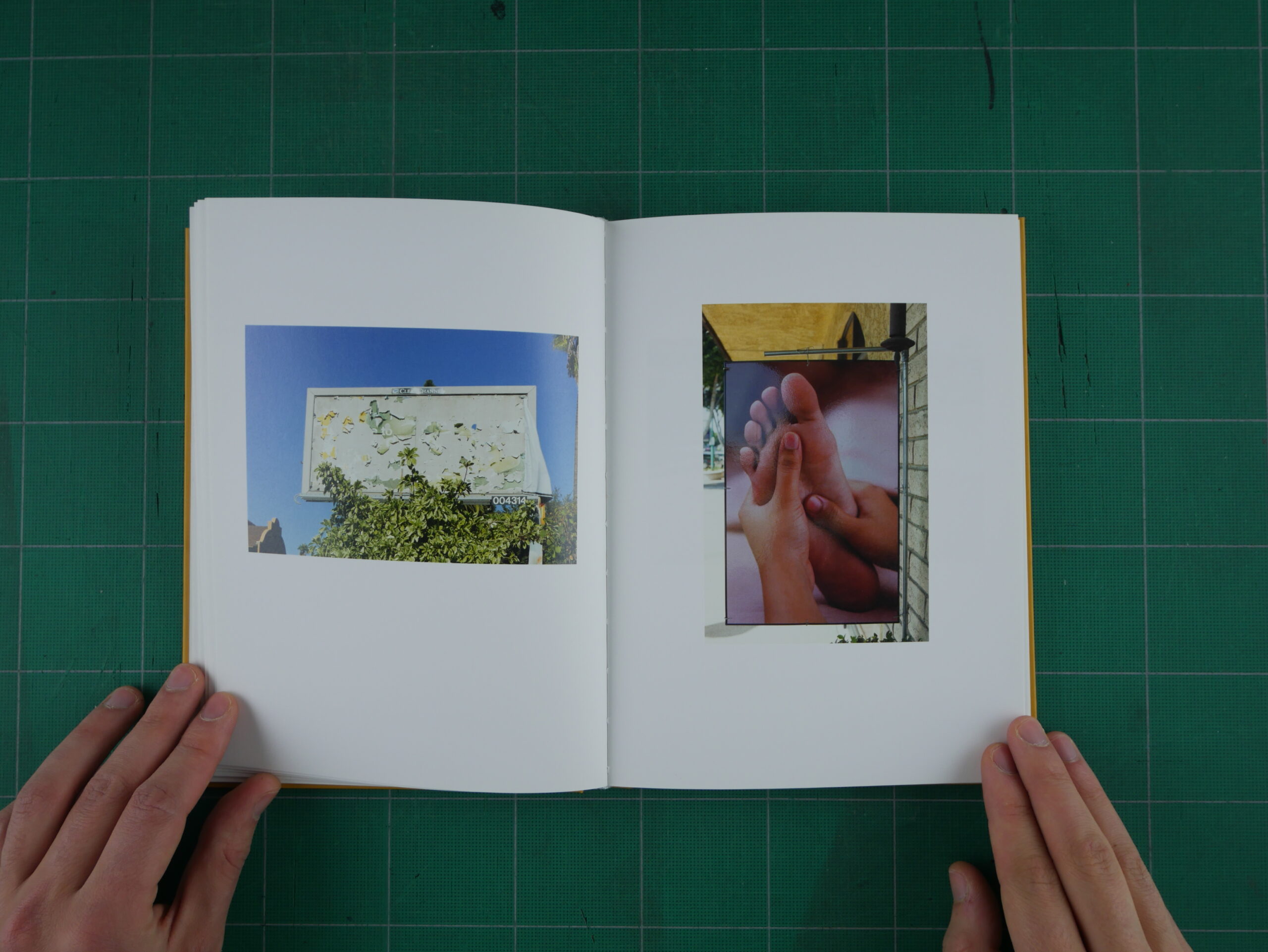
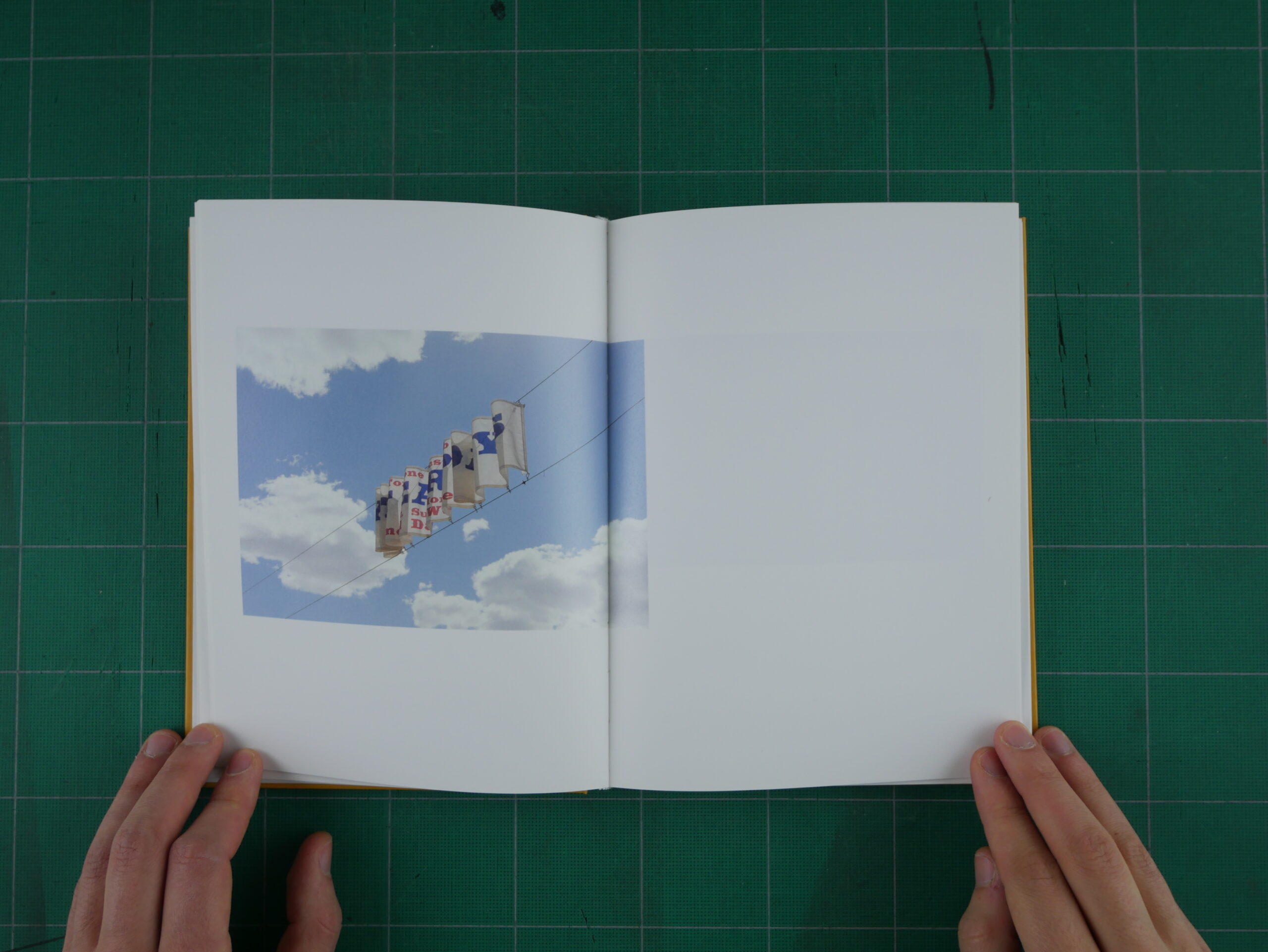
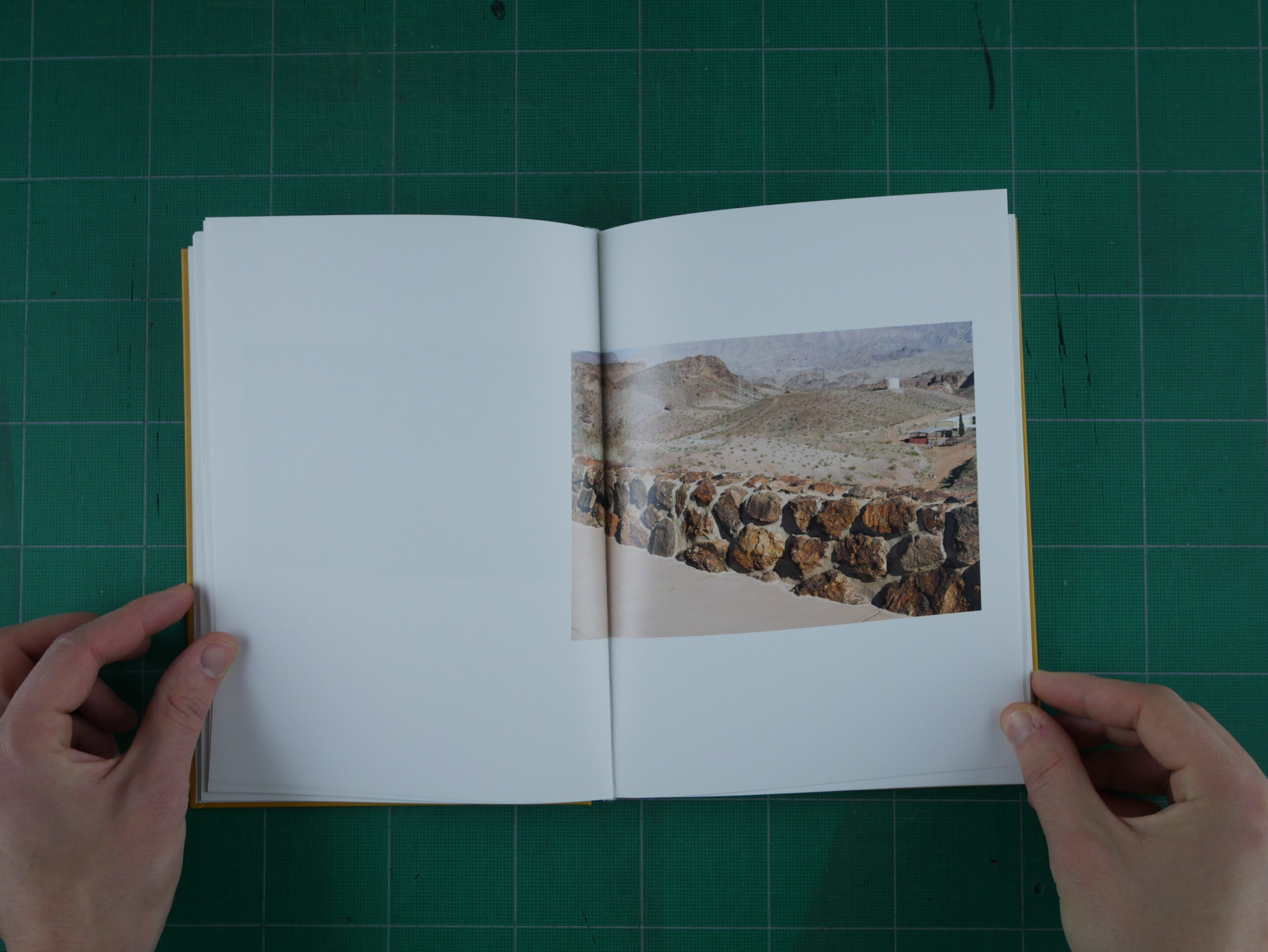
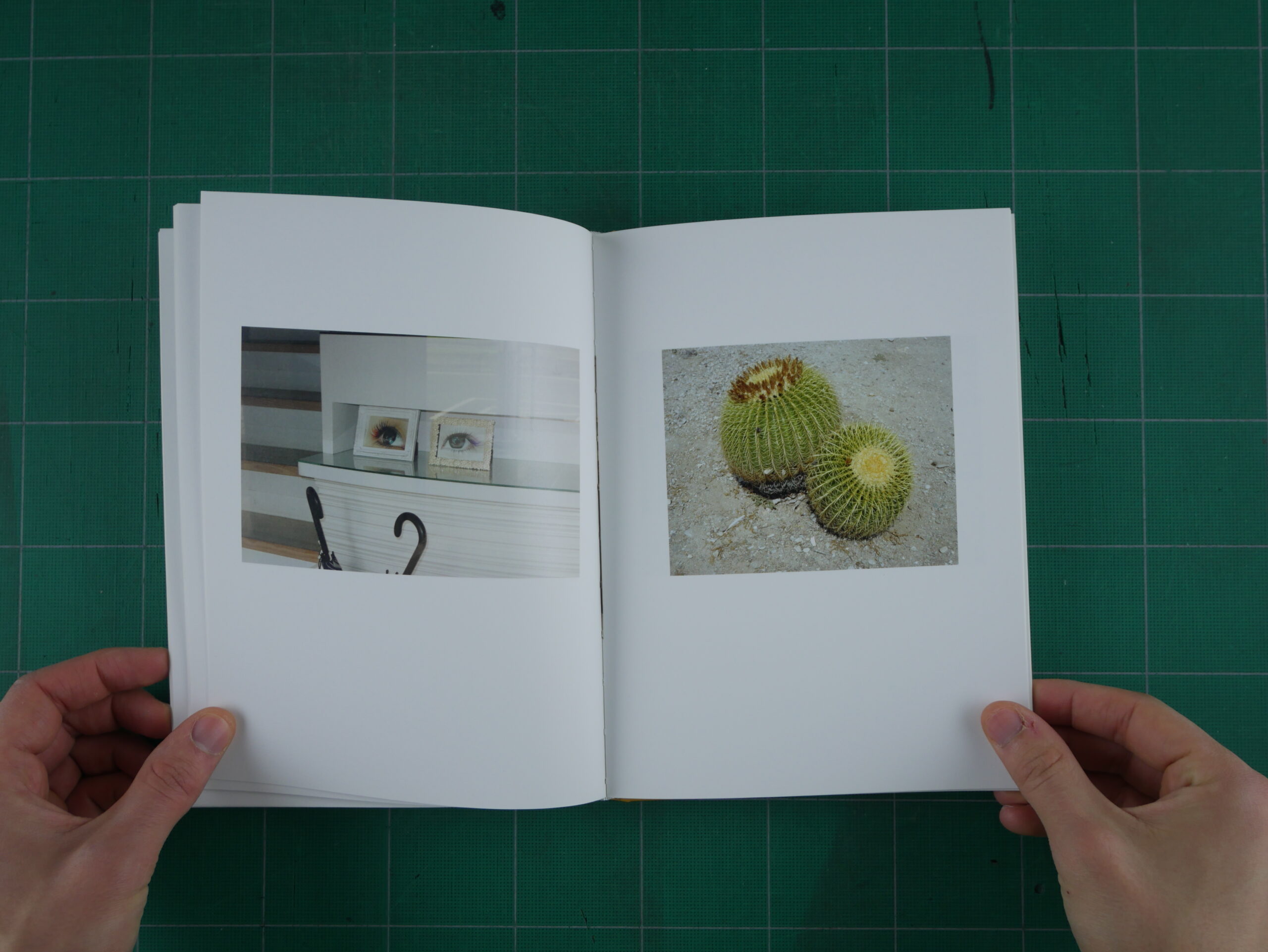
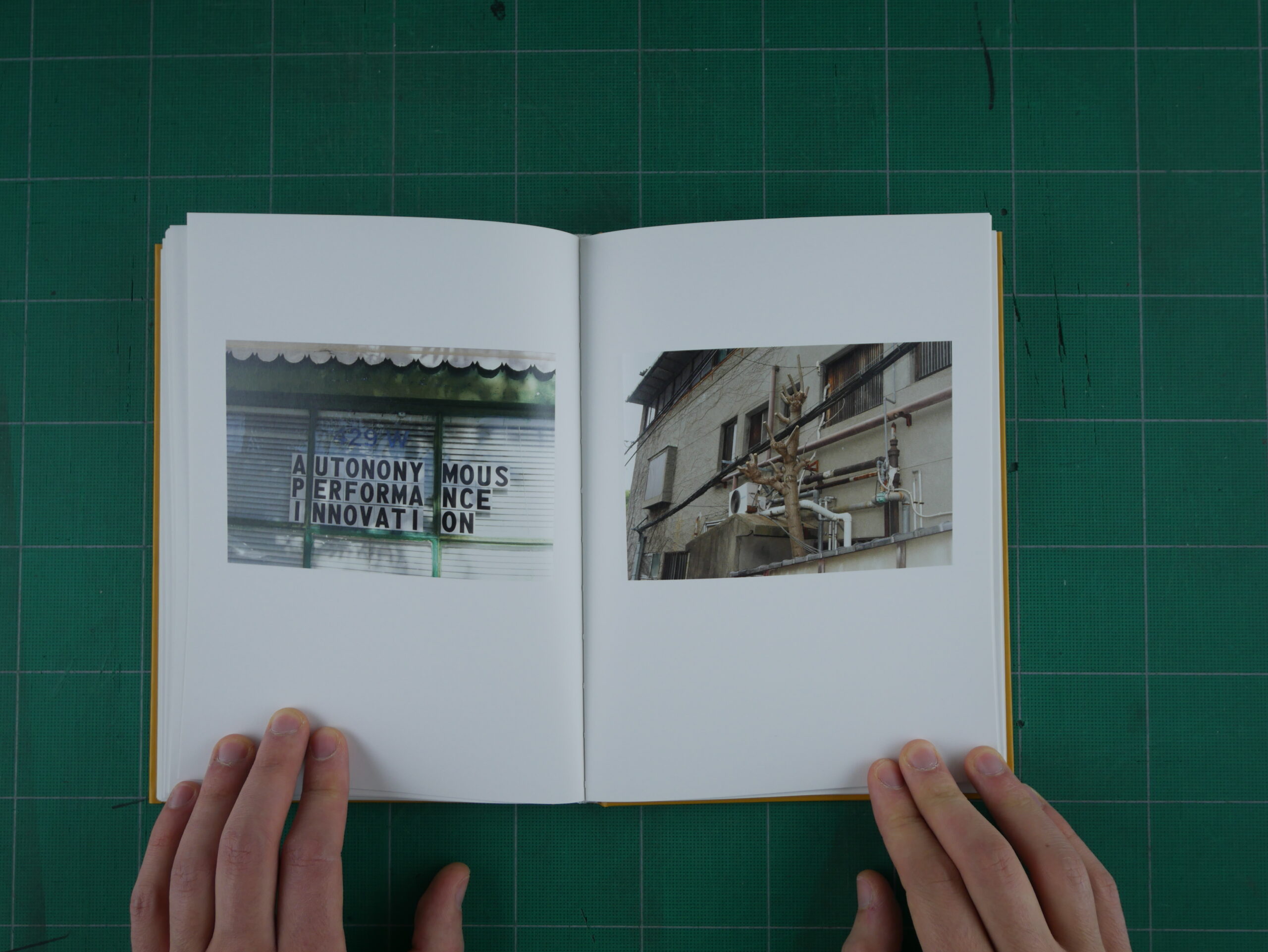
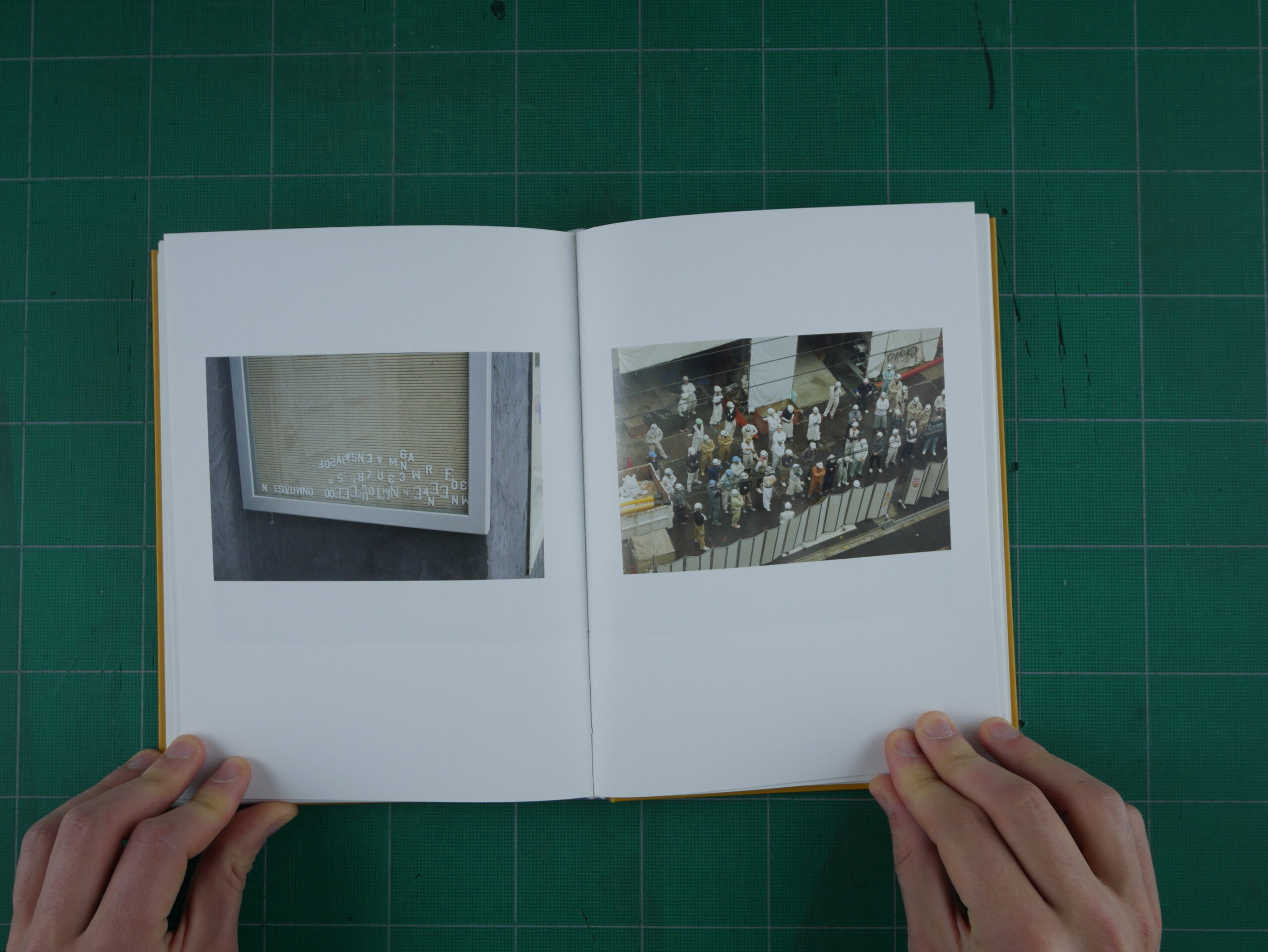
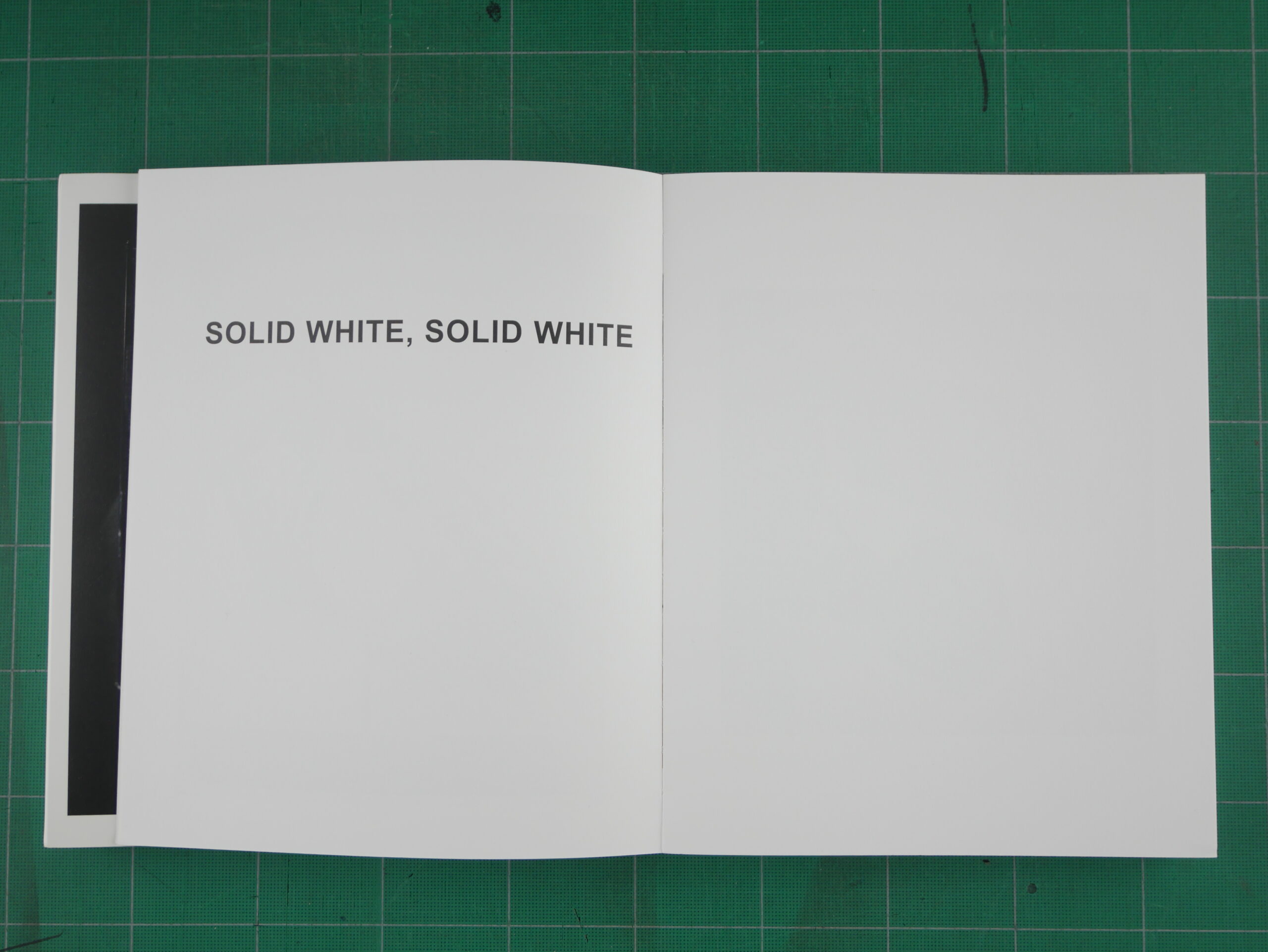

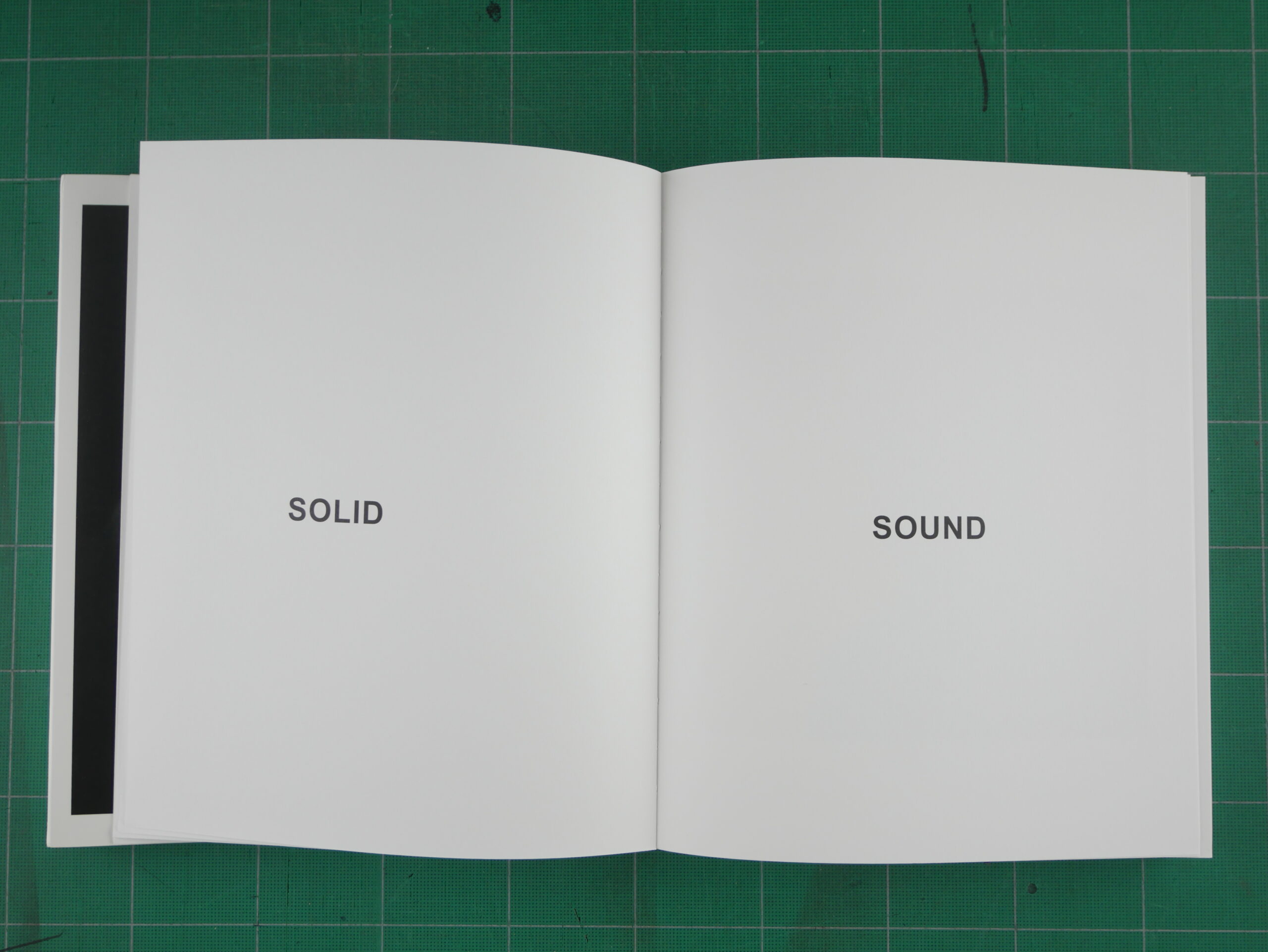
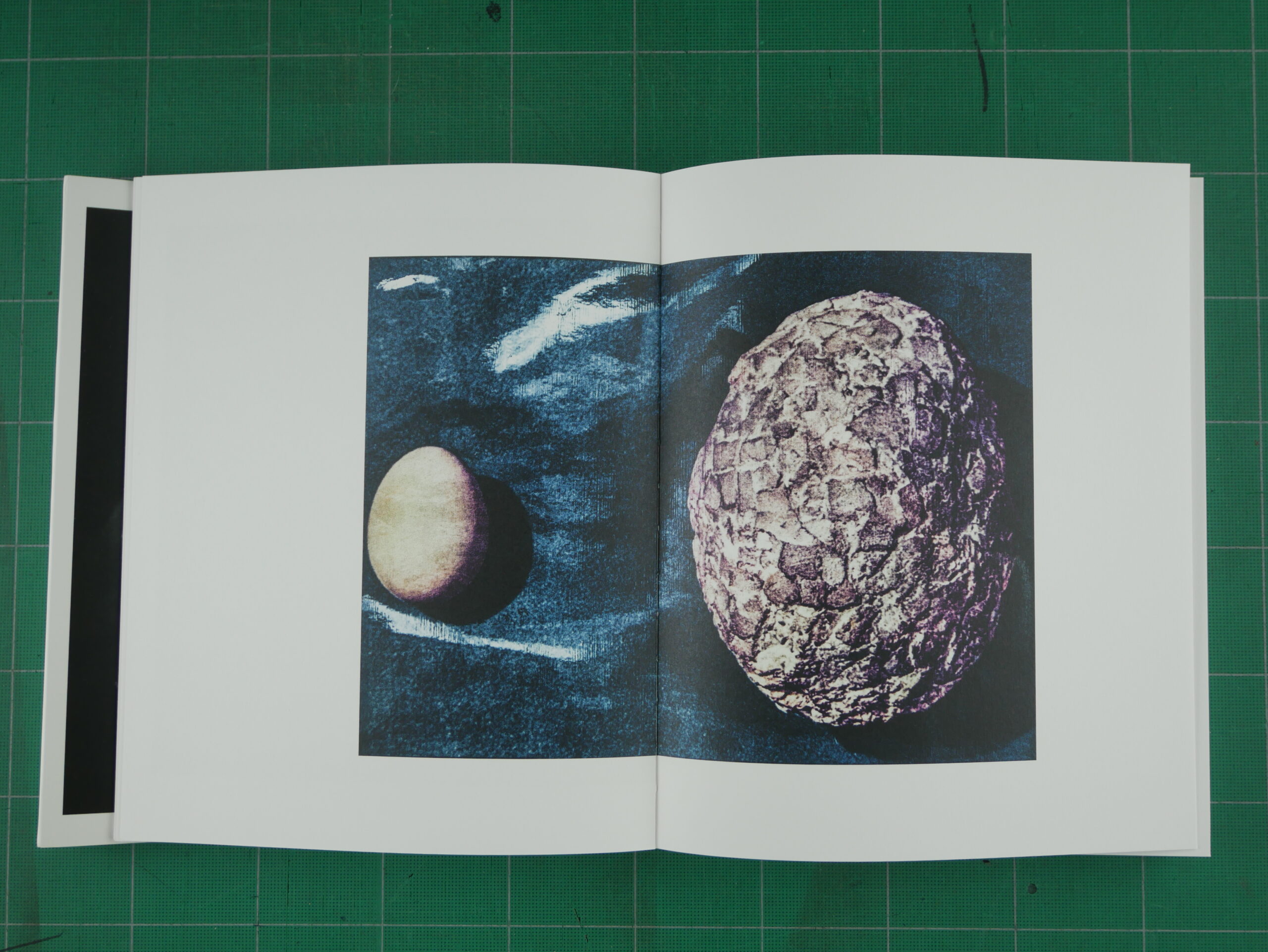
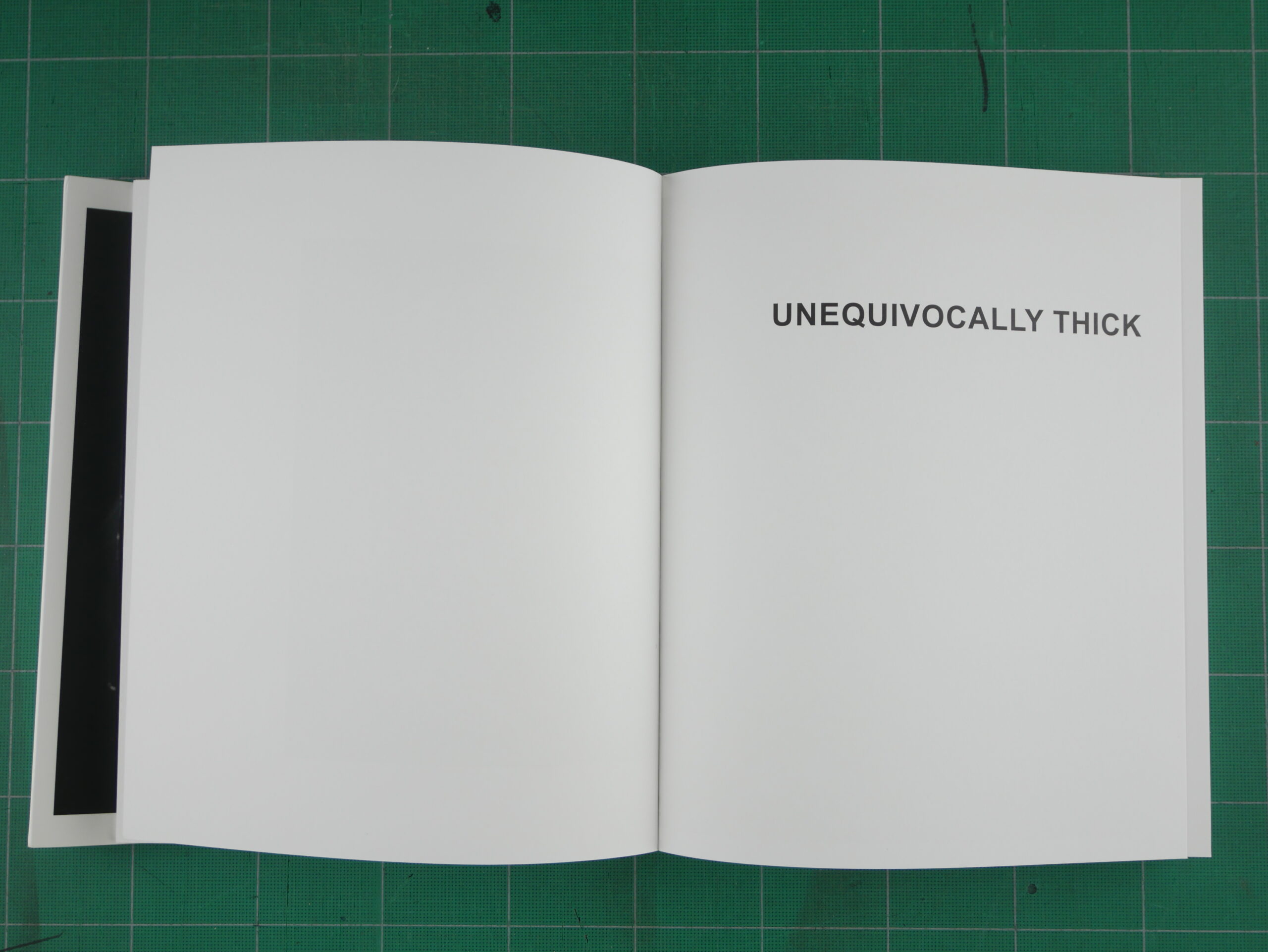
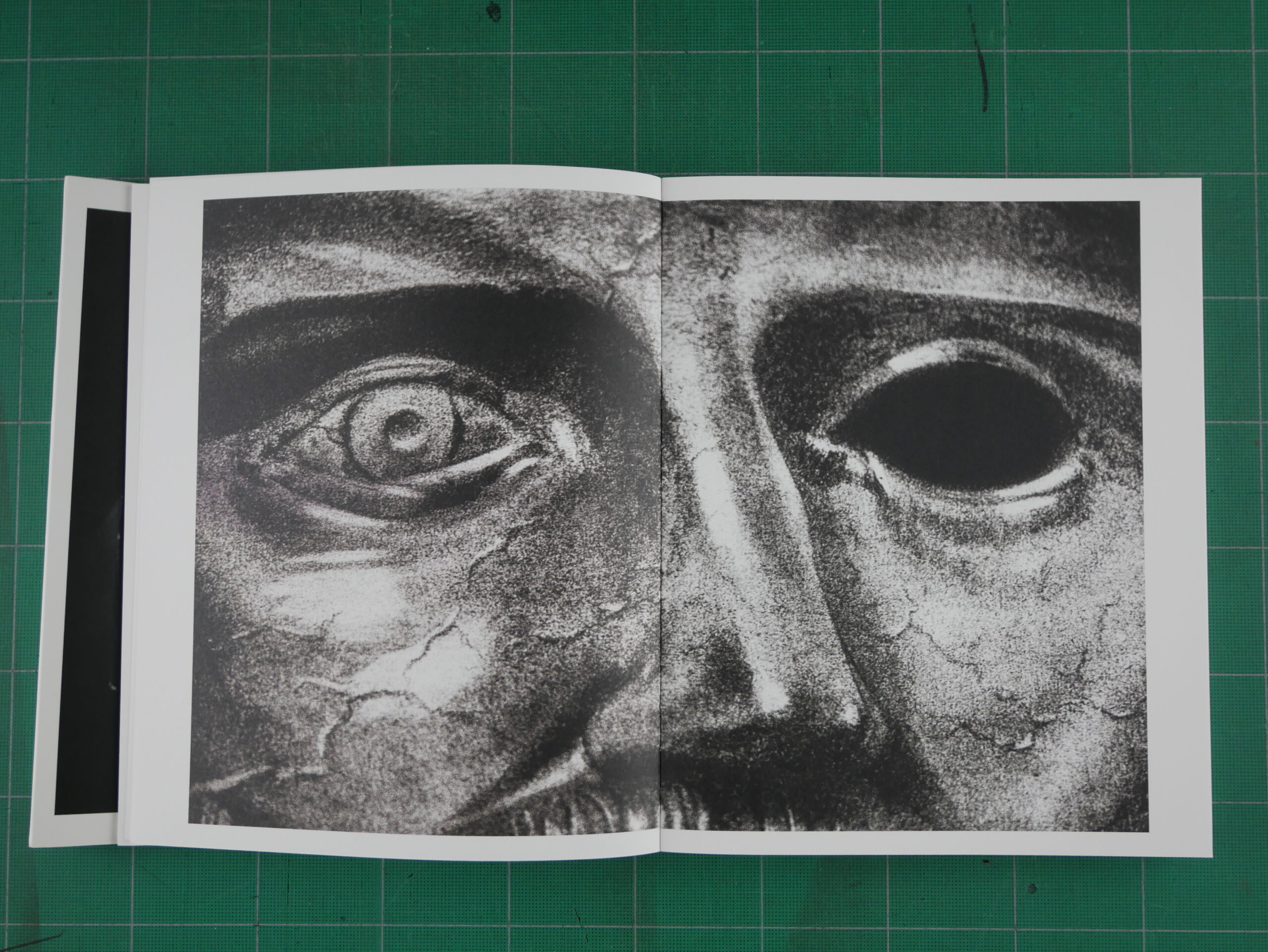
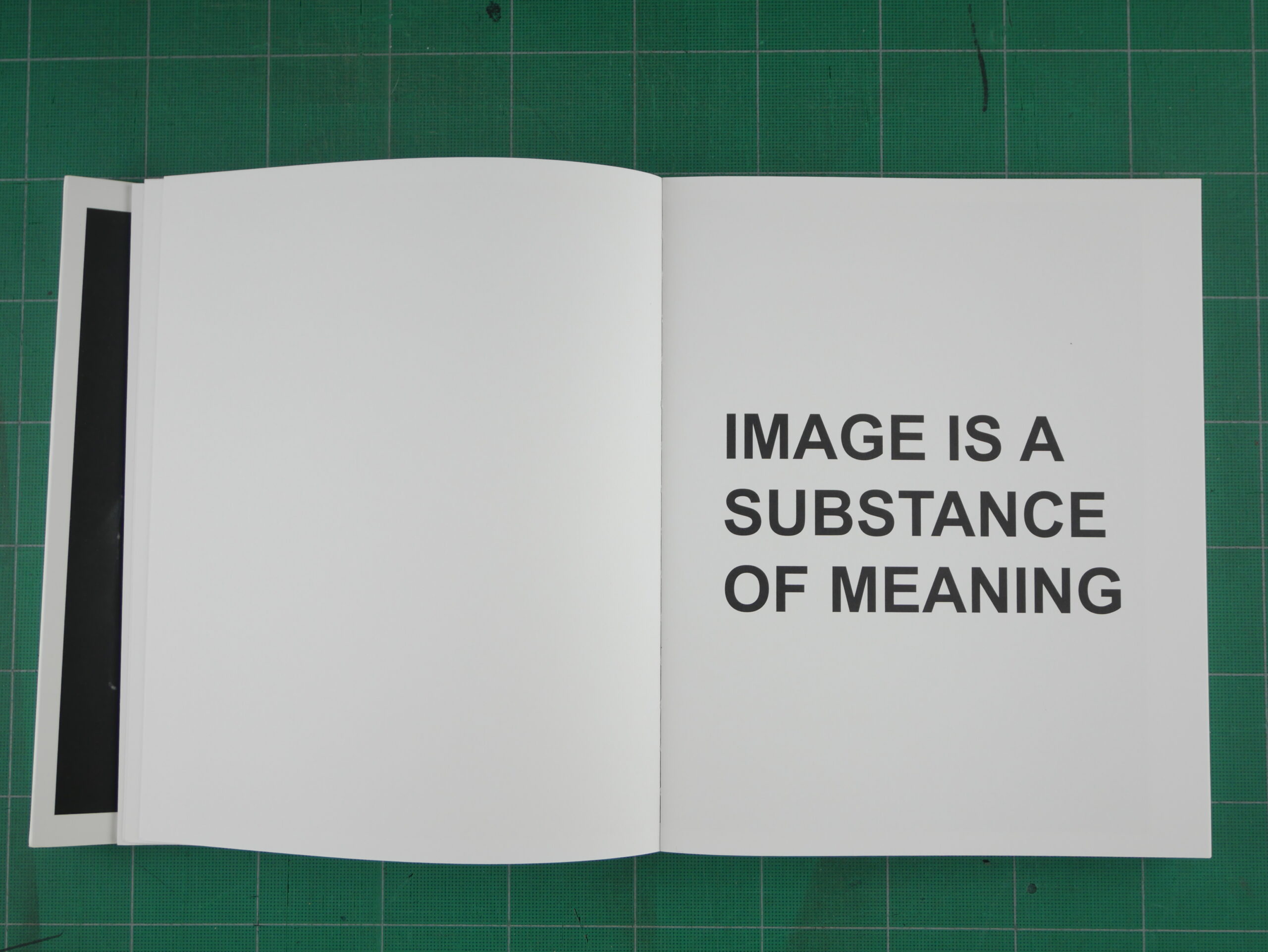
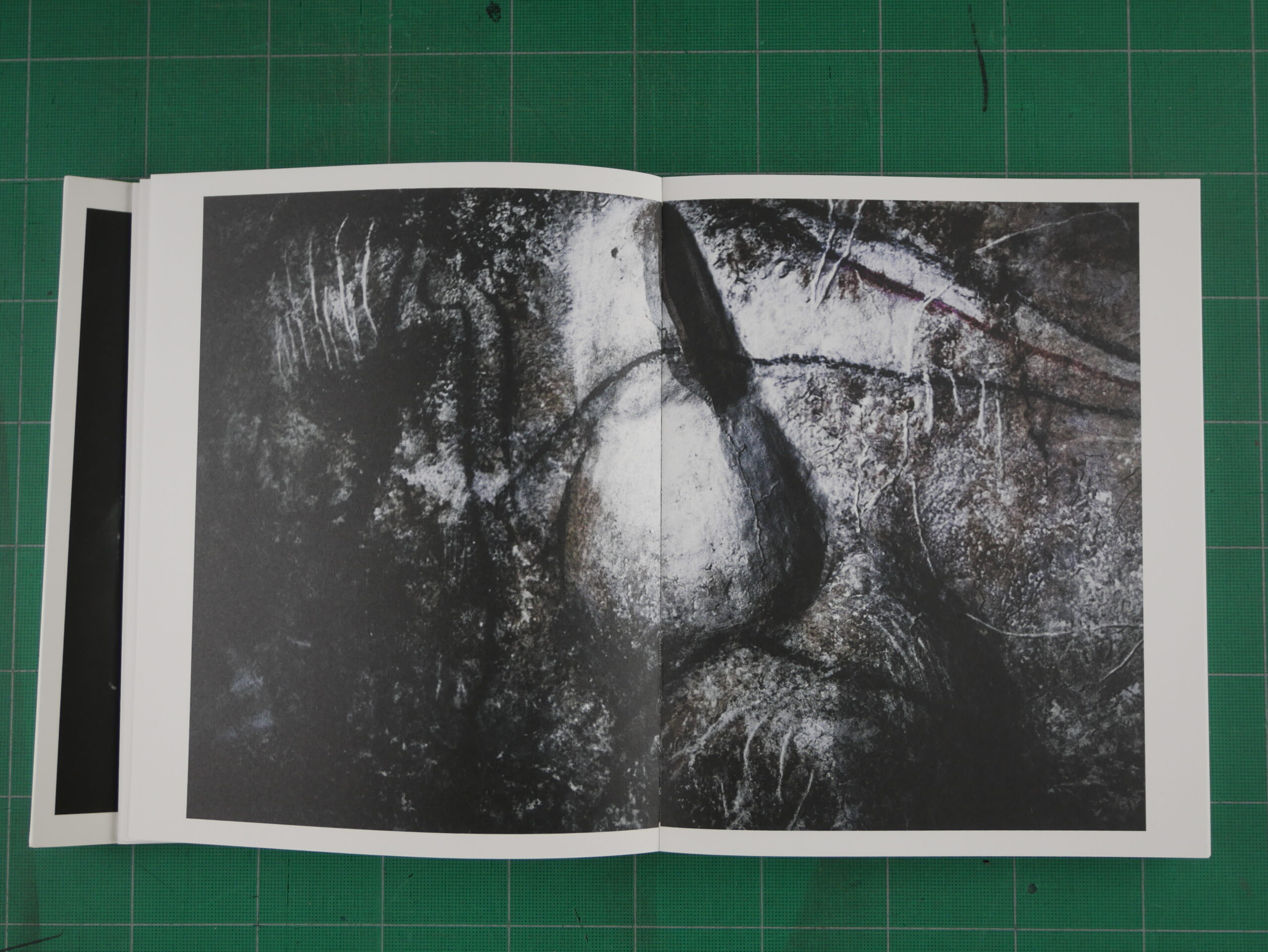
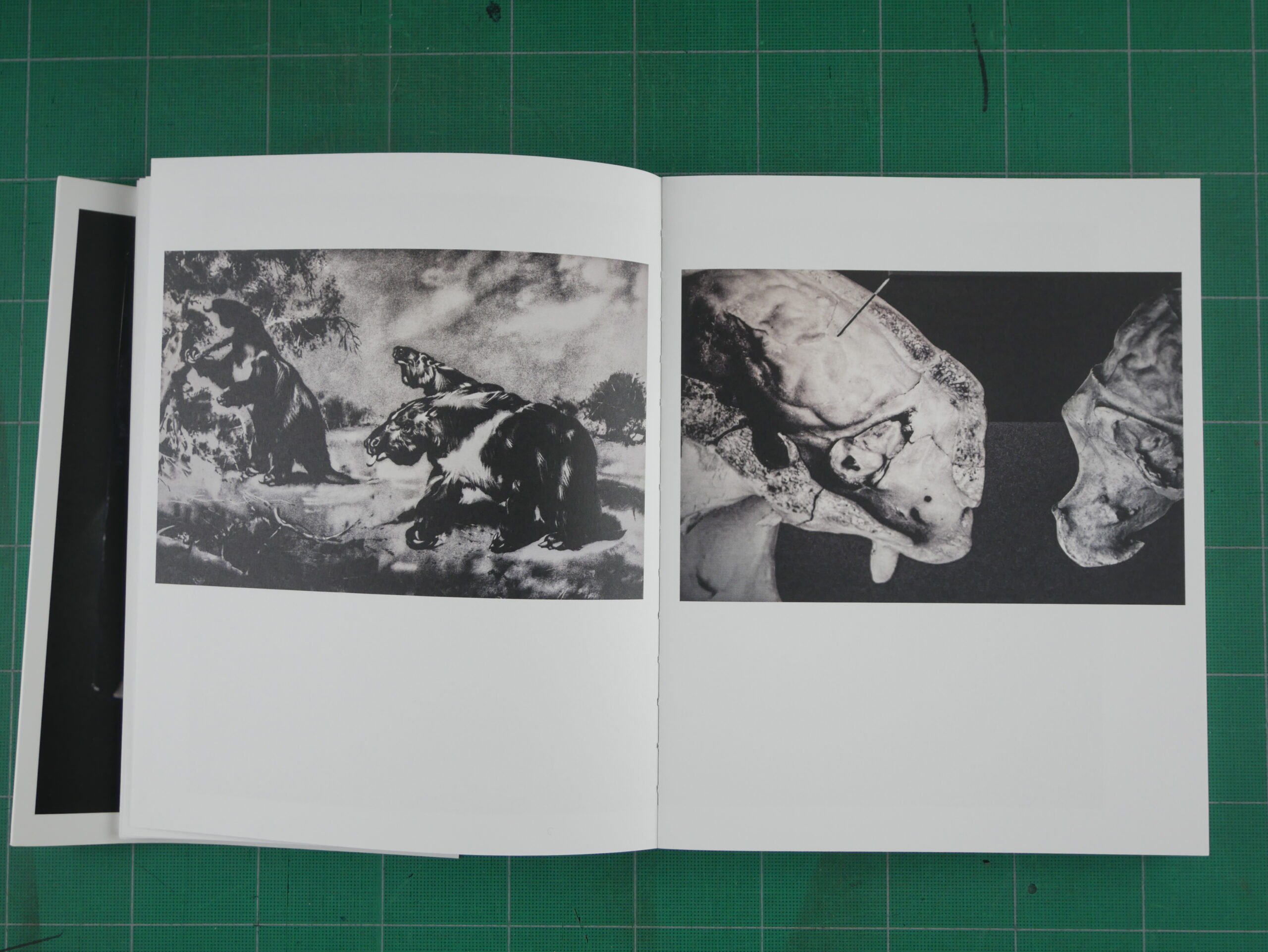
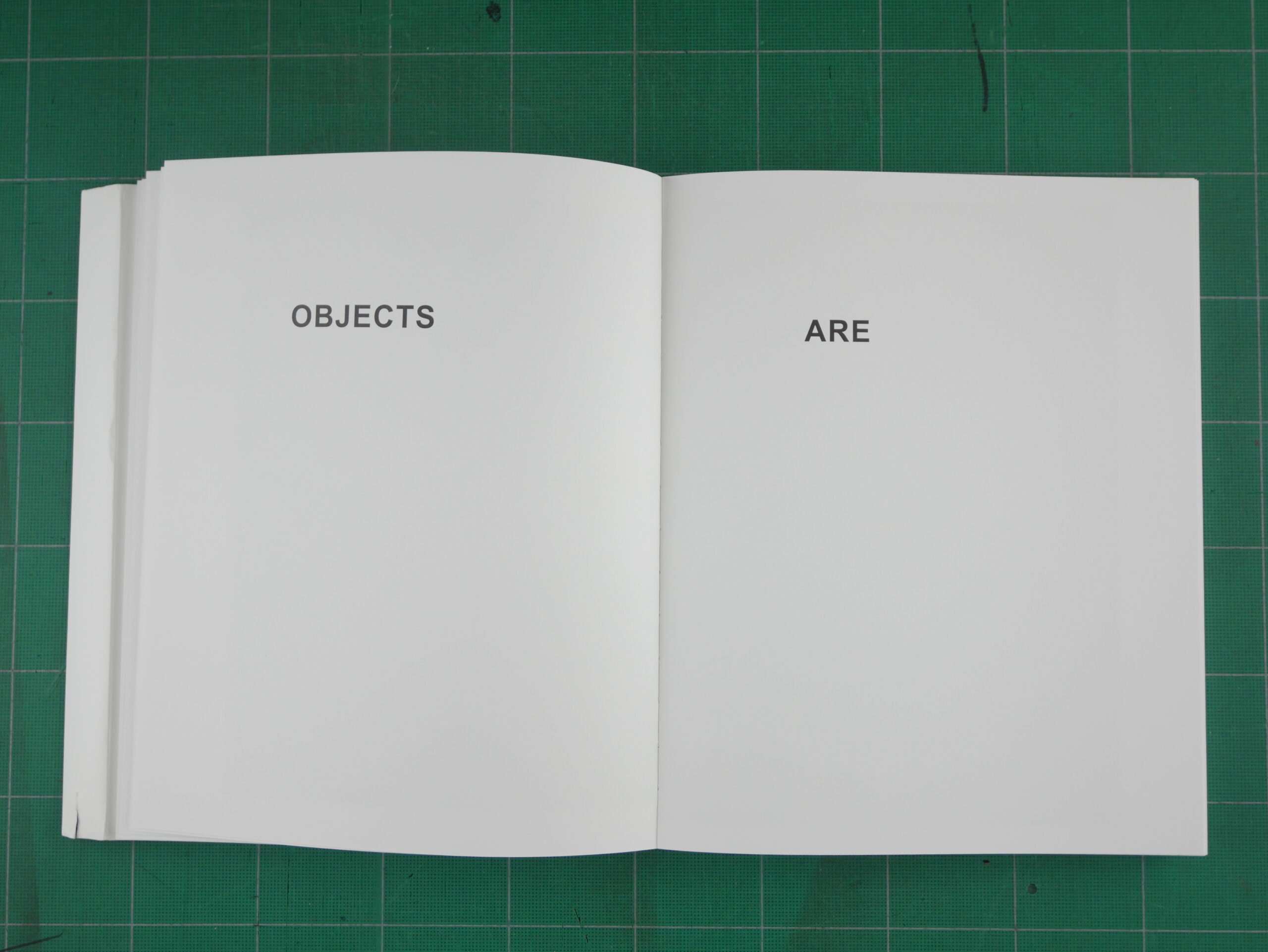
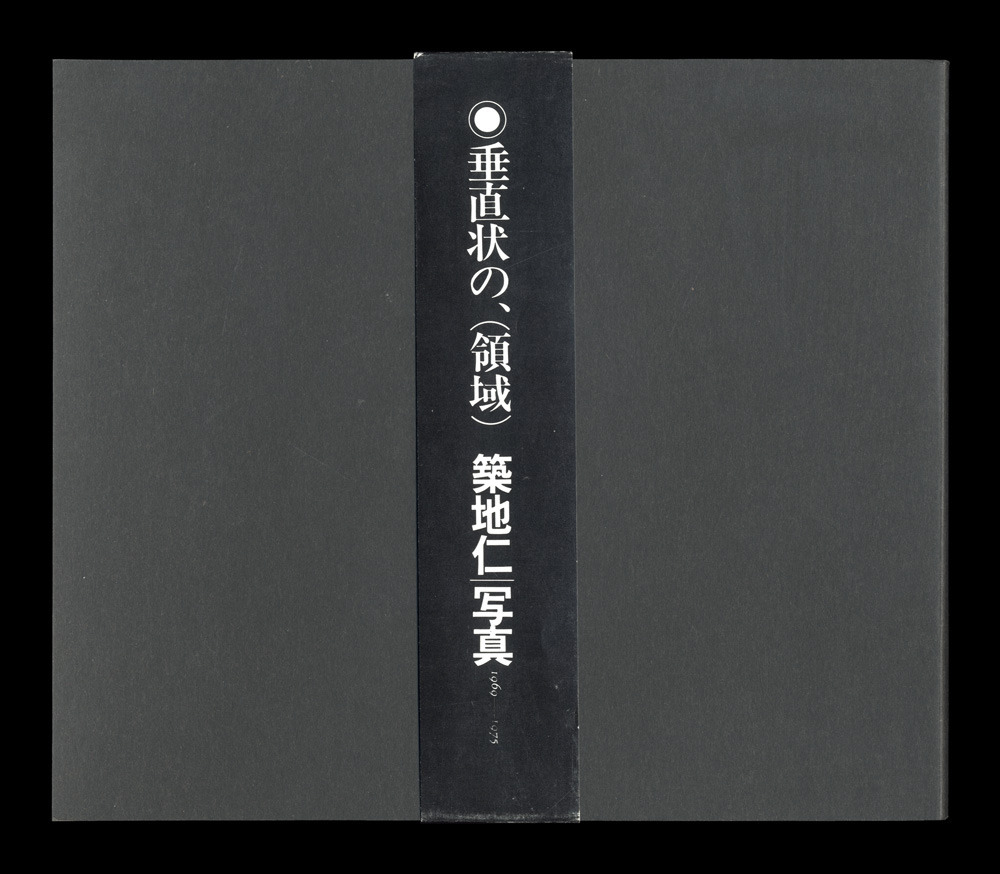



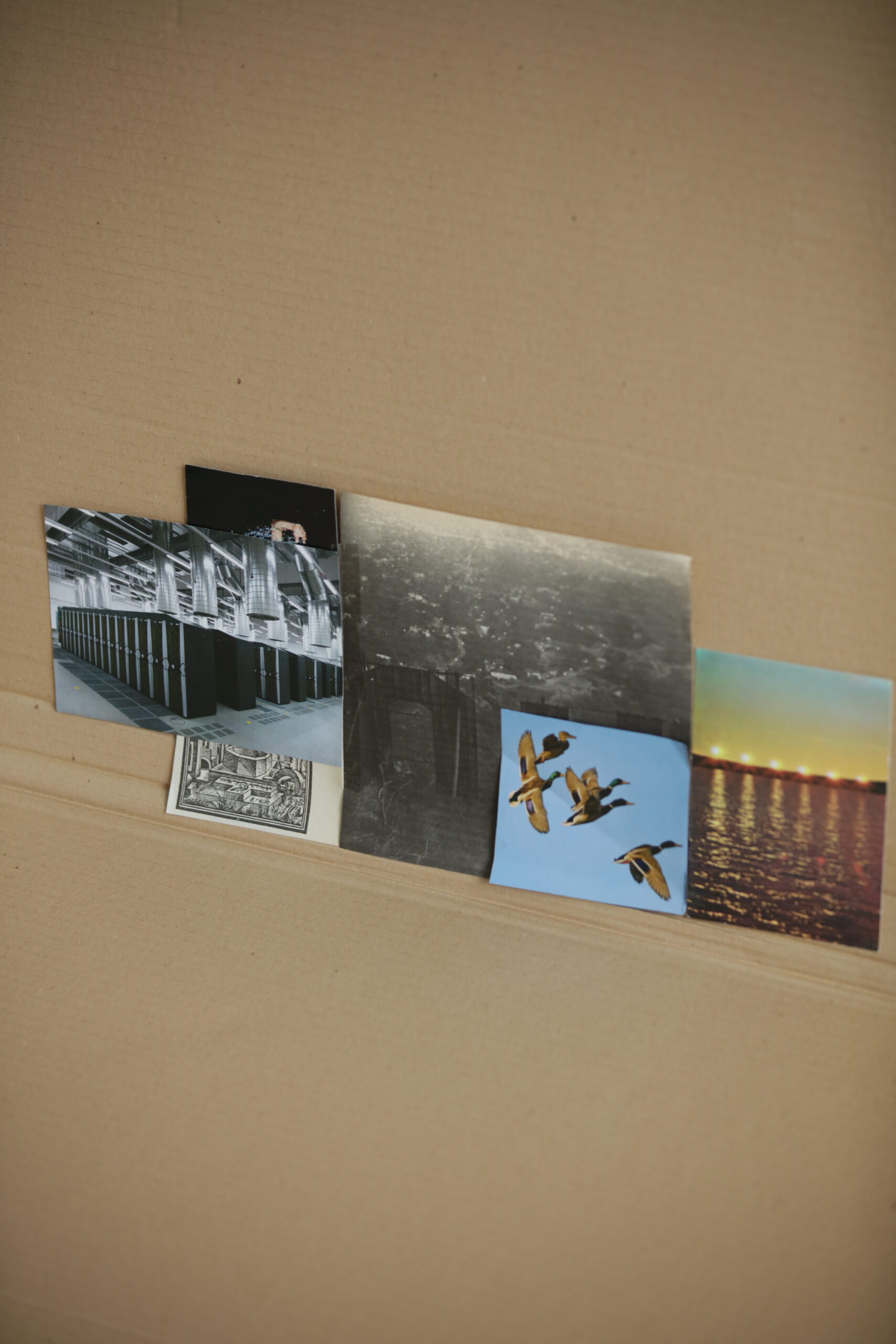
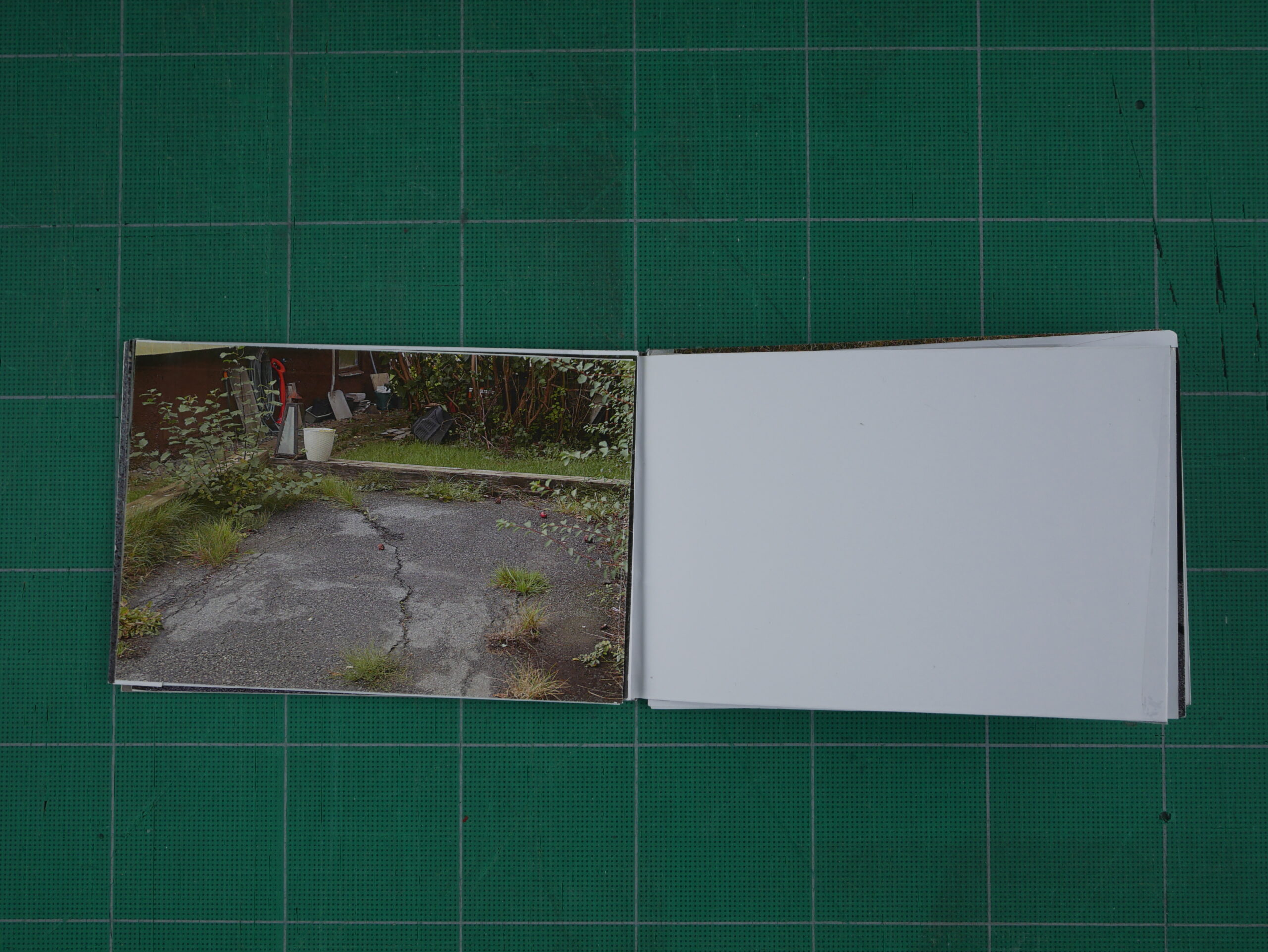
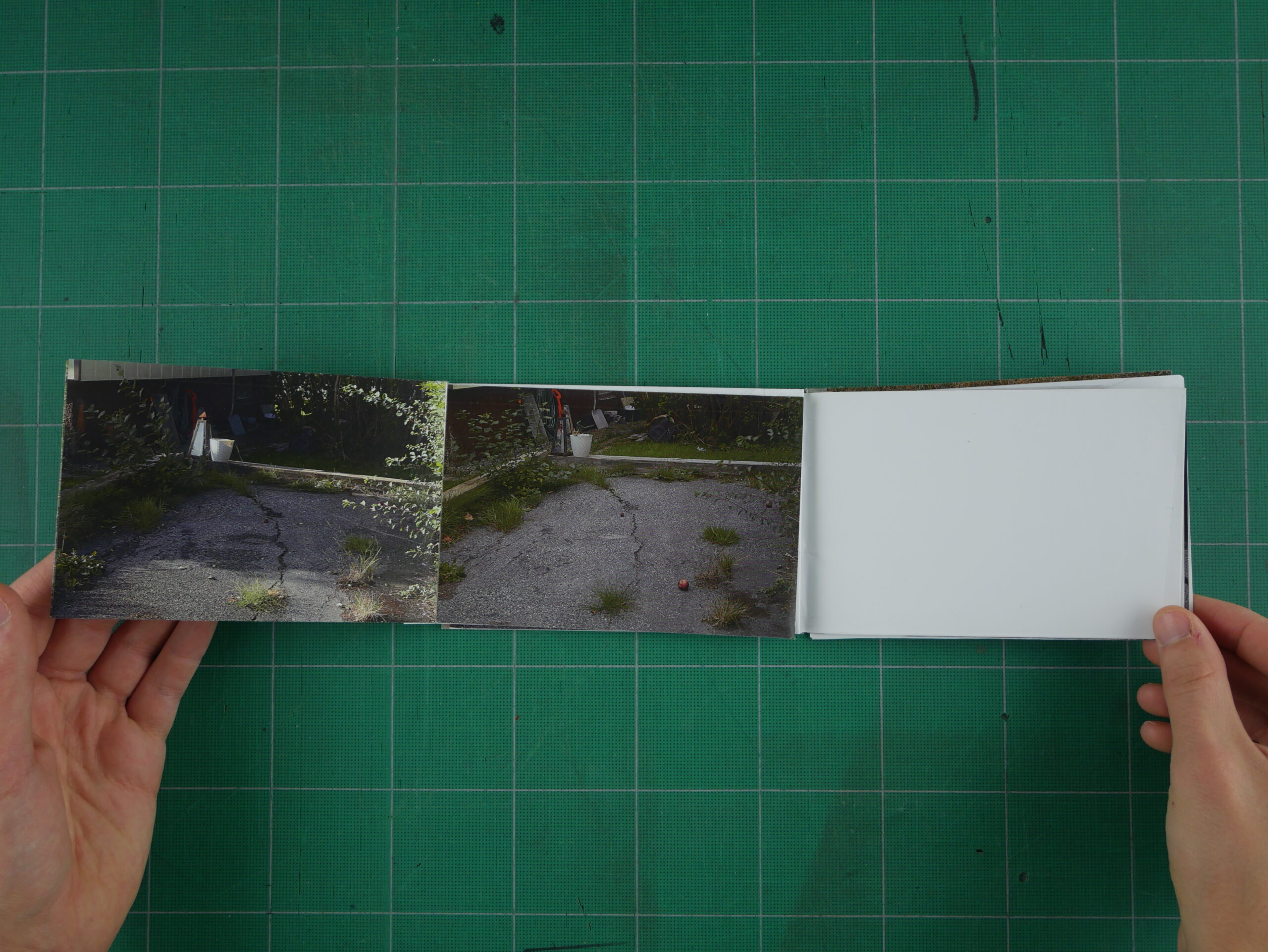

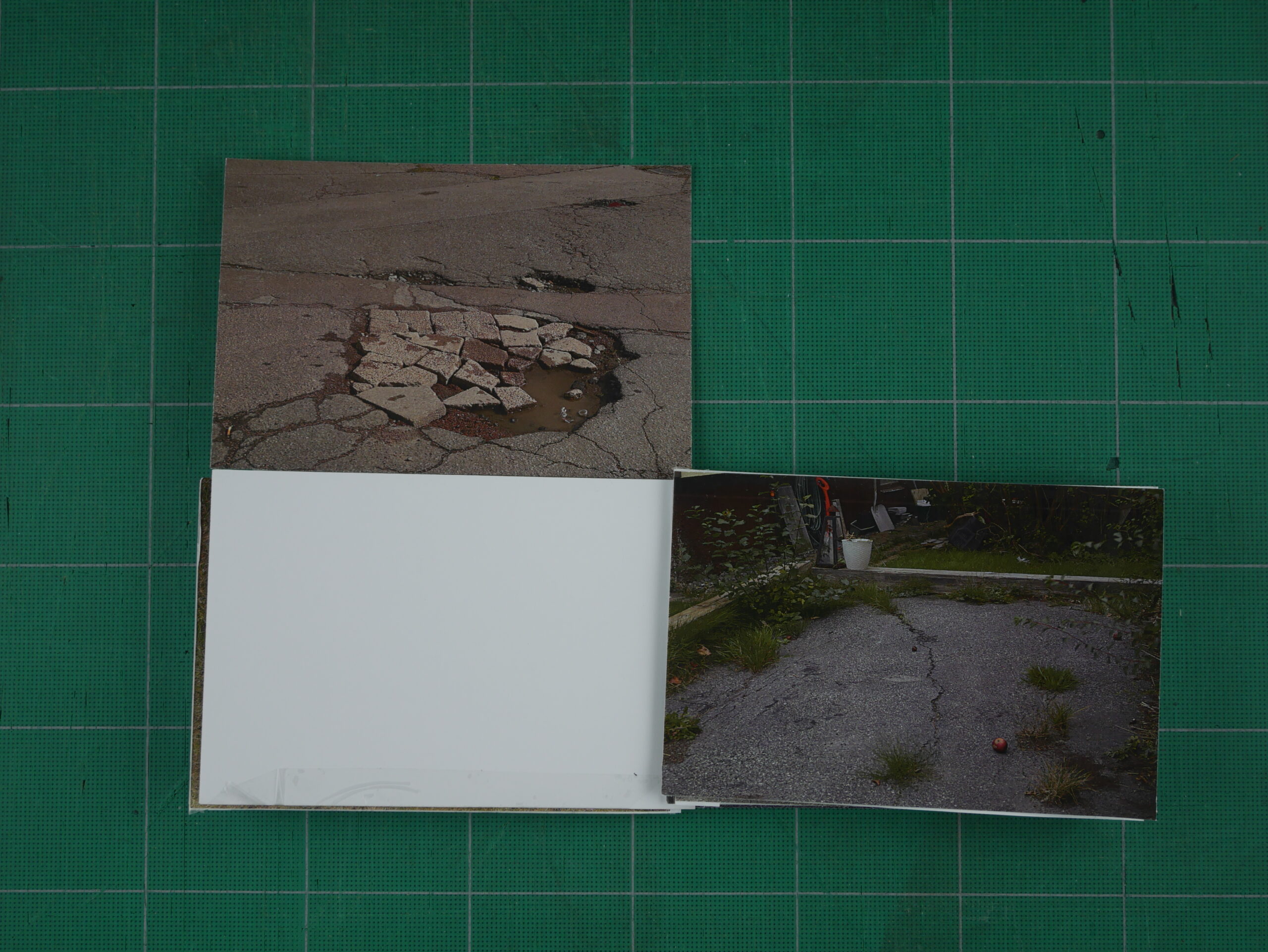
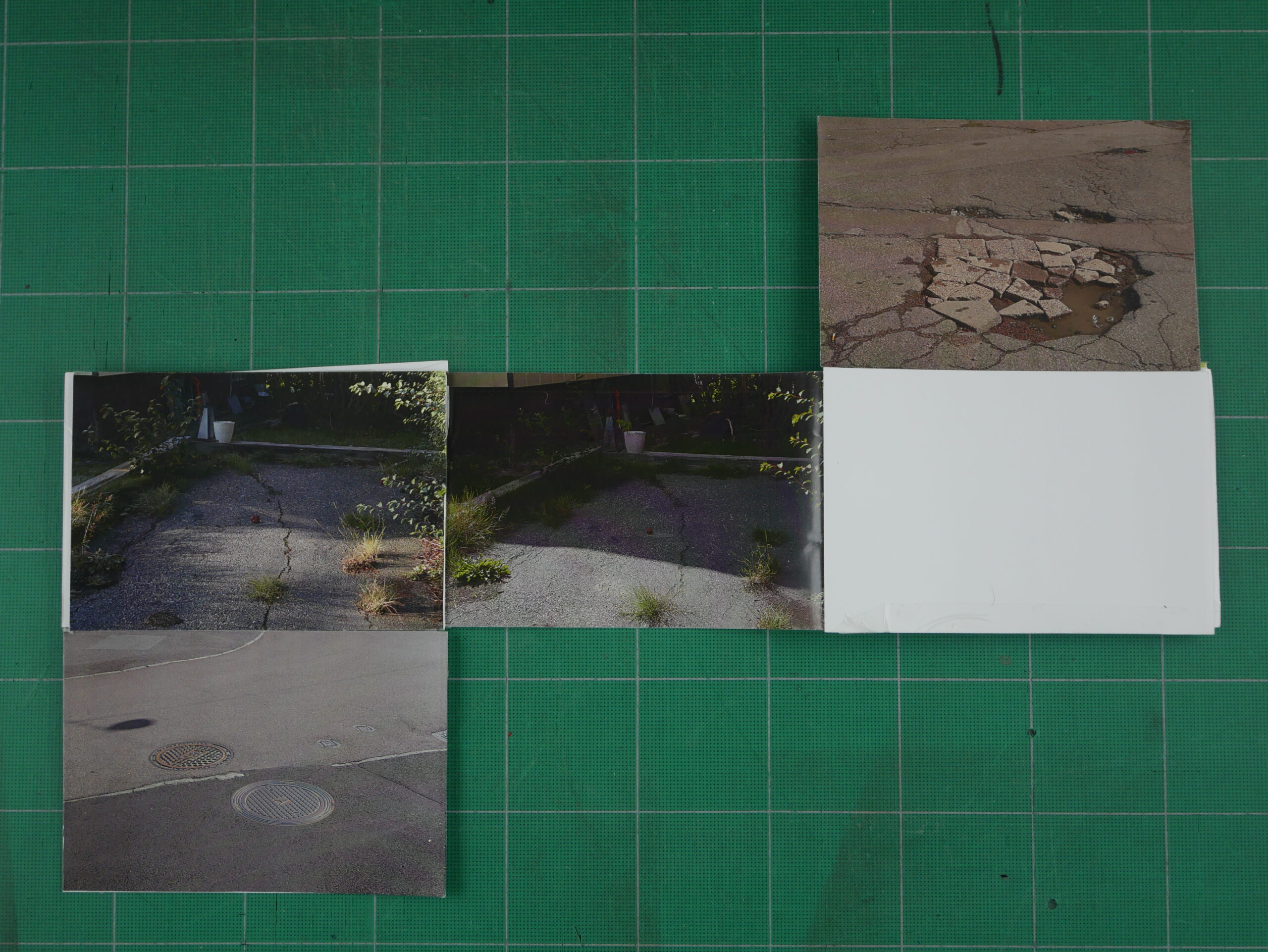
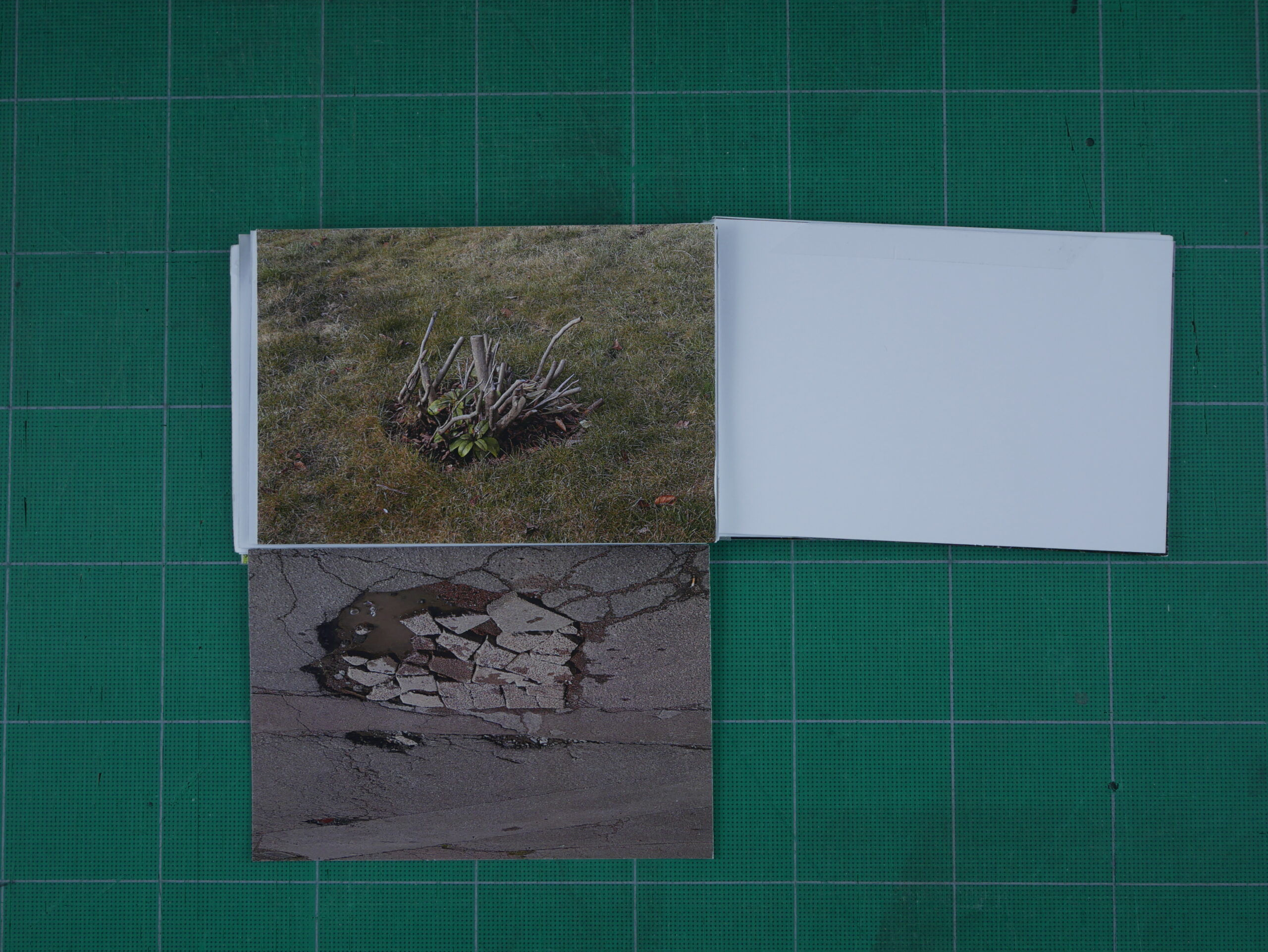
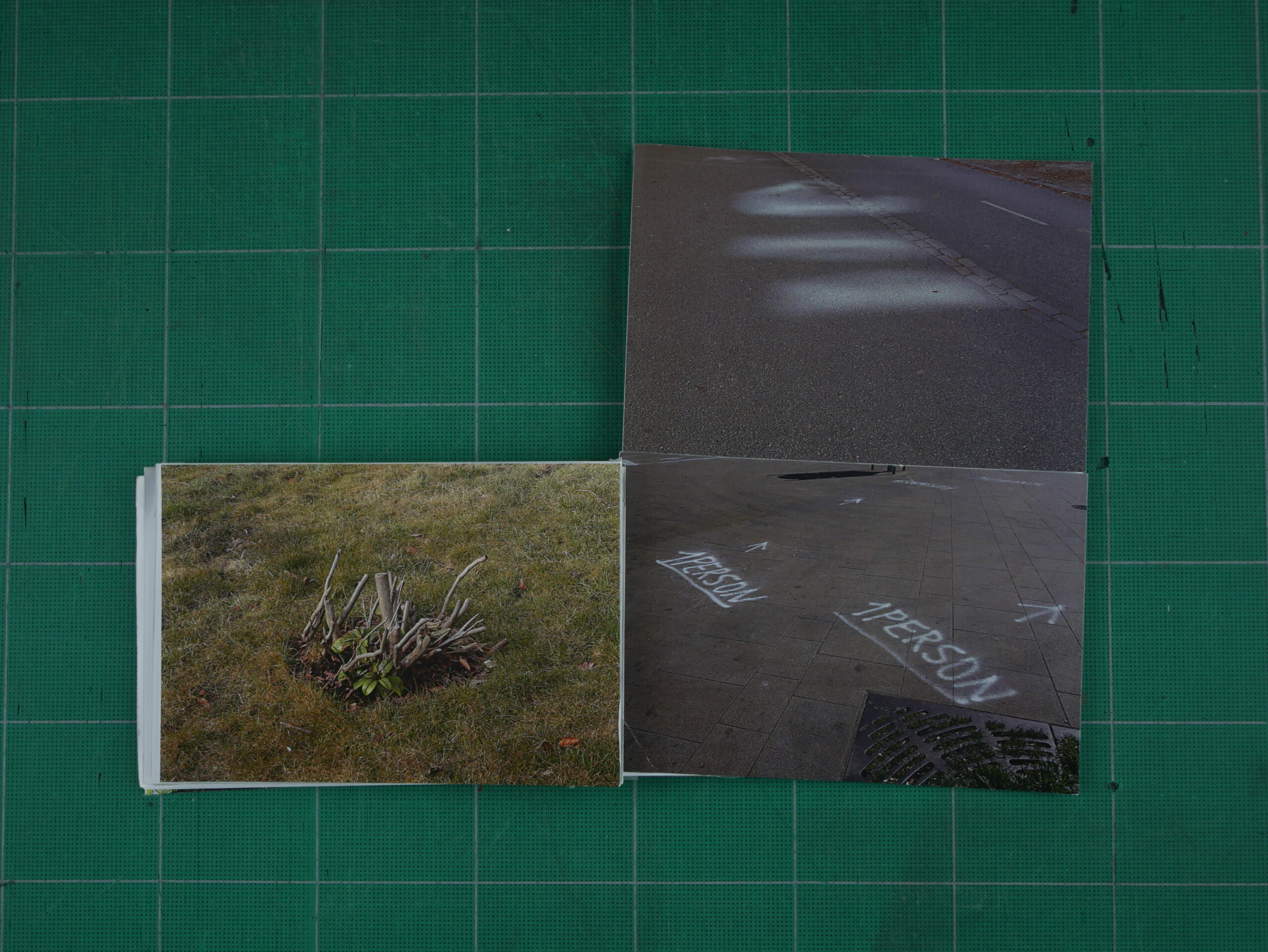
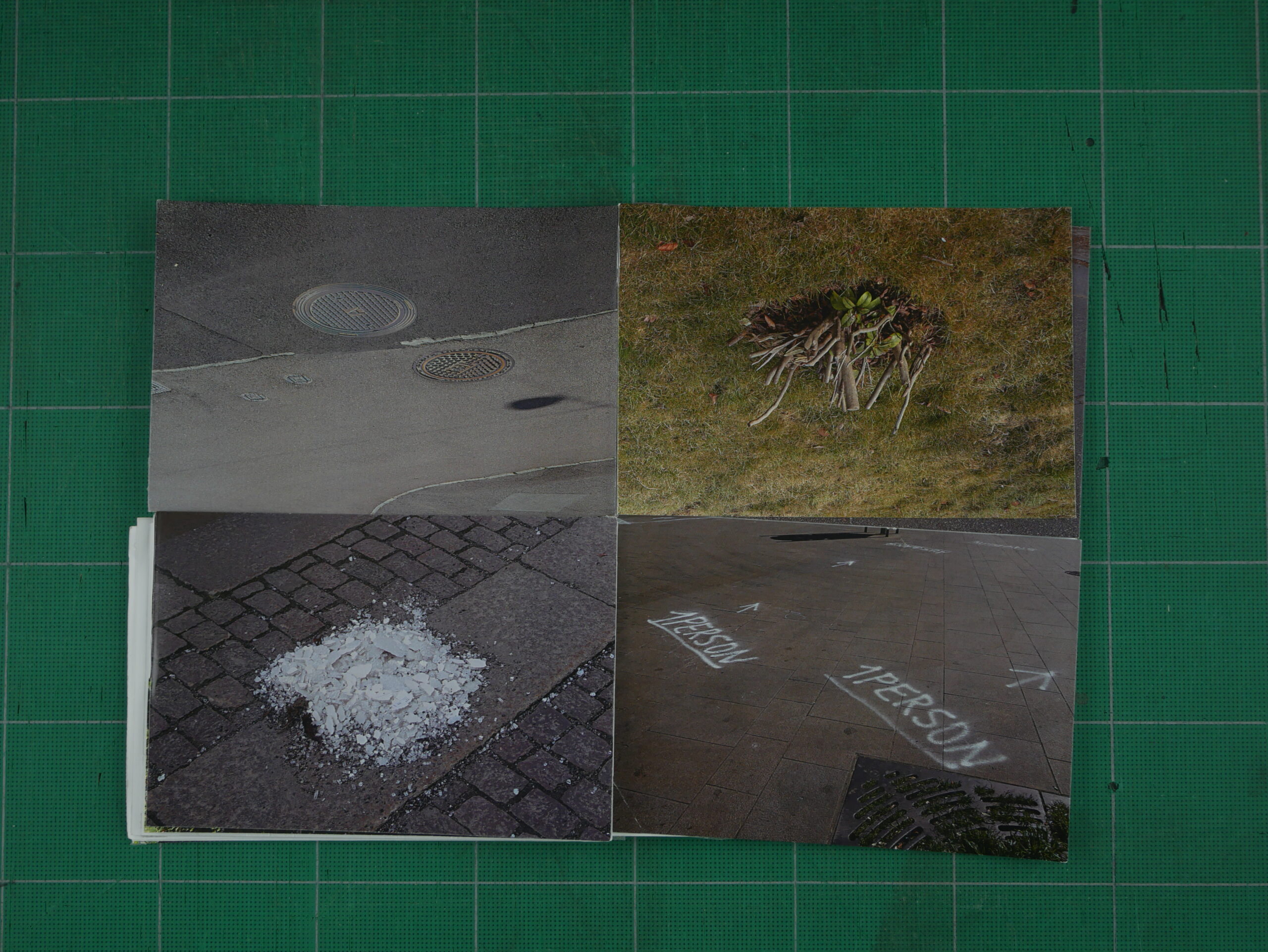
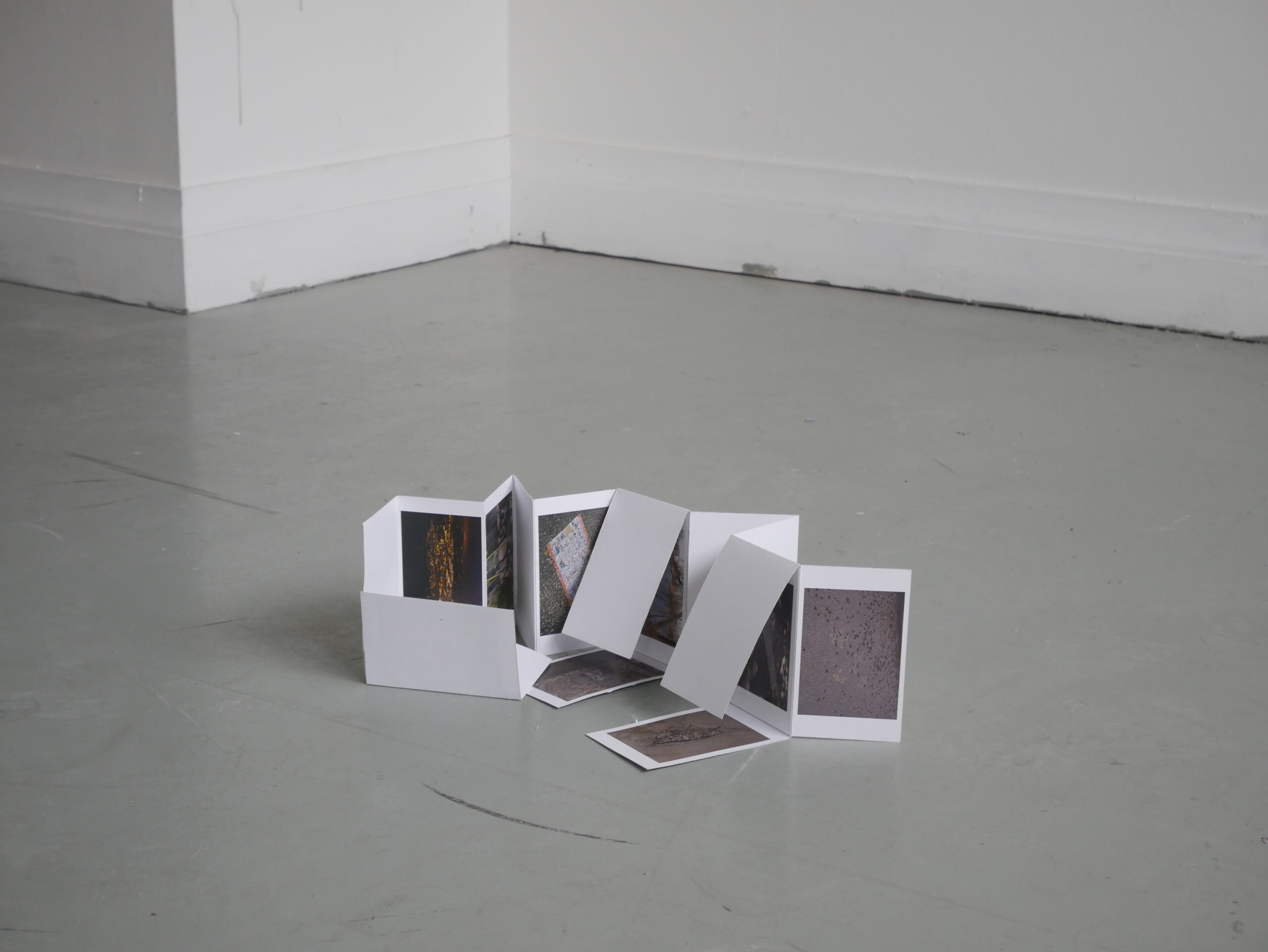
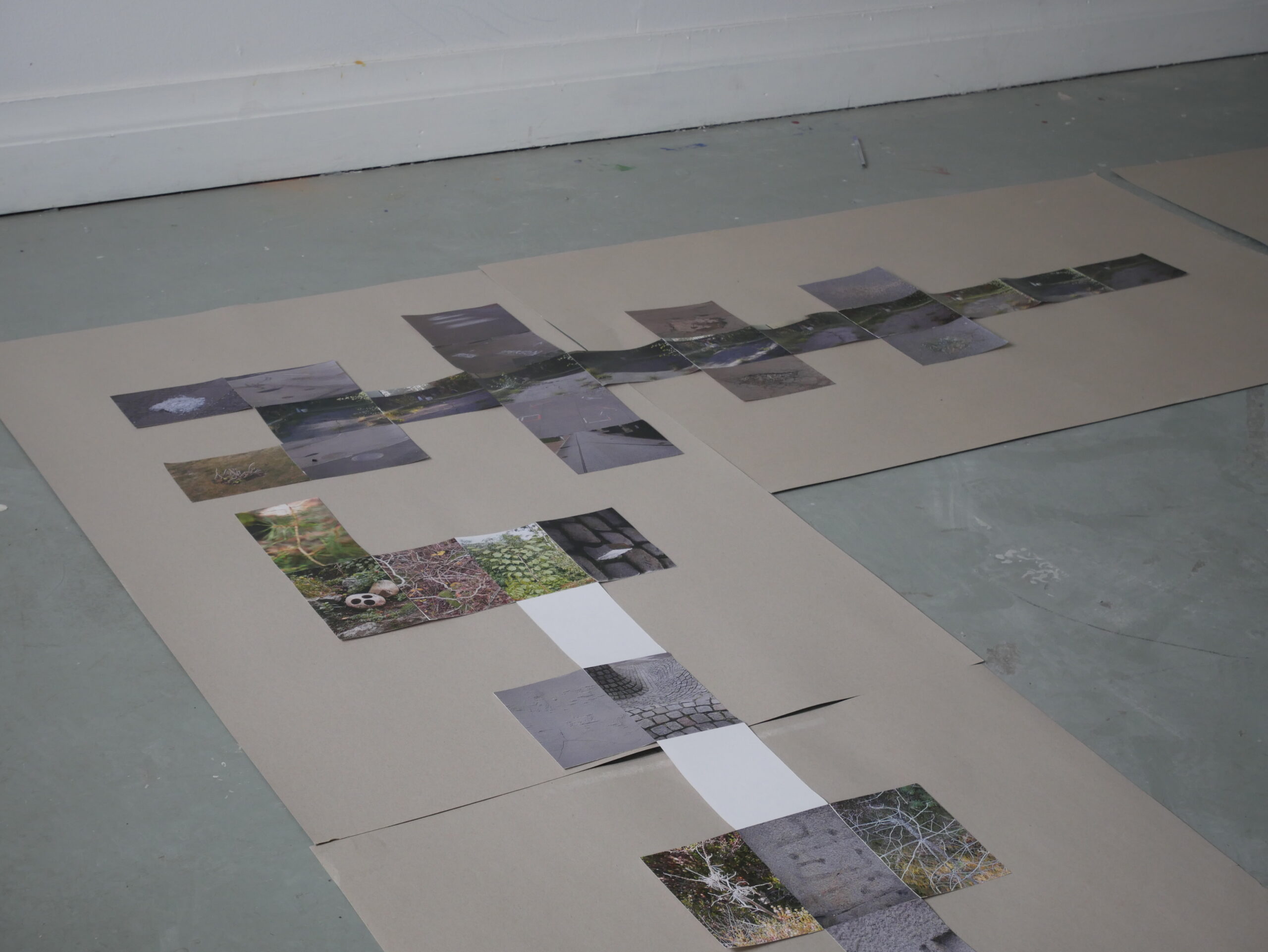
Photobooks unfolded: on book-forms, sequences and experience

















Many photographers use the medium of the book nowadays. They do so for endless reasons: to tell a story, to present a project, to create an exhibition space, or simply to organize and display images. The codex has proven to be an appropriate form for articulating visual materials. [i] It has a beginning and an end, a linear and fixed structure, and is generally a sturdy object. But how can we explore its features? How can content and structure influence each other? Moreover, how can the act of reading change?
This brief article will discuss one of the many possible methods for sequencing images into the linear structure of the codex and show how, by playing with the material support, the method of montage can be expanded. The idea is to see how an alternative book form, inspired by the accordion-book, can propose mutable interactions and multiple readings without restricting itself to a singular, fixed sequence.
Sequencing images always create narrative spaces, but they don’t have to necessarily follow a logical structure. Jörg Colberg´s article Towards a Photobook Taxonomy [ii] offers a possible, and arguable, categorization of the photobook based on narrative forms and sequence structures, proposing five categories, each with its sub-types. Among these categories, Colberg proposes a lyrical approach to photobook sequencing (divided into four sub-types: poetic, elliptical, linear, and stream of consciousness), which is described as a narrative structure that, in a very general sense, relies on the prevalence of the images’ potential for evoking and proposing connections and meanings. In these kinds of photobooks, the text is usually not present or minimal, and, if present, “it functions in the same way as the photographs, adding an element of written mystery”[iii].
Such a way of combining images within the book form is interesting because, in most cases, stories are intentionally avoided, obscured, conferring to the reader an active role in deciphering what is proposed by the author(s). It is a modality that most often requires a playful approach and openness to multiple interpretations. Lesley A. Martin suggests seeing these kinds of photobooks as a puzzle, “often an incomplete one […] that acknowledge the contingent nature of how images communicate, playing up the limitations and malleability of a photograph as conveyor of fact, while remaining invested in the idea of a book as a storytelling device”[iv].
Examples of such photobooks are Seth Lower Units (Mack, 2019) FIG.1-7 ; Bruises by Samara Scott (Loose Joints, 2017); Yokota!s and Pinckers!” Floating Worlds, which is a catalogue (RORHOF & Lyre Press, 2016); Chasing My Dog in the Woods by Stefan Vanthuyne (Art Paper Editions, 2019); Sofia Borges The Swamp (Mack, 2016) FIG. 8-17; and Groundwork by Sara Bjarland (Art Paper Editions, 2019).




Most of the photobooks that adopt this elusive narrative approach explore potential meanings – within and between images – through the linear structure of the codex, seldomly breaking the fixity of the bounded pages.
An interesting example that introduces the discourse of expanding the features of the codex is Perpendicularly (Territory) FIG. 18–21, a photobook self-published in 1975 by Hitoshi Tsukiji and designed by Nobuyoshi Kikuchi, which organizes very different images within a multi-layered form.
The content of the book comprises fleeting shapes, vague forms, and details found mostly around Tokyo and Yokohama. These are black and white photographs with a hard-edged and sometimes blurred aesthetic. The book has a softcover, is saddle-stitched, measures 195 x 225 mm, and is comprised of 48 pages and 37 pictures. This photobook presents itself as a unique volume; however, when opened, we soon realize that the book actually consists of two interleaved volumes. The design choice of interlacing the pages offers the reader a series of mutable tryptic that can potentially change with respect to which pages are chosen. In this example, form and content achieve a sort of symbiosis whereby the design of the book influences the sequence, eluding fixed contents and emphasizing the aspect of play mentioned by L. A. Martin.
Other examples of photobooks that play with alternative sequences and book-forms are: 現在地 / Genzaichi by Hayahisa Tomiyasu (self-published, 2019), the catalogue of Gerry Johansson – The Books (Landskrona Foto, 2022), I Wish I Never Saw the Sunshine by Pacifico Silano (Loose Joints, 2021), Kaat Somers and Aleksandra Braska’ Shimmerings (self-published, 2018), Nicolò Dante’ The Book of Dictators (self-published, 2011), Sent a Letter by Dayanita Singh (Steidl, 2018), No More No Less by Kensuke Koike and Thomas Sauvin (Jiazazhi Press, 2018) There Have Been and Will Be Many San Franciscos by Tauba Auerbach (Diagonal Press, 2018), and much more…
Making dummies to leaf through in a linear way is helpful to discover and comprehend potential meanings around images. Moreover, more importantly, ones learn to construct sequences and create rhythms; value empty spaces and create a reading pace; see how a title can infuse a certain feeling or be an access point to a cryptic book; learn how much making a photobook is about understanding intentions and making choices that go beyond the mere sequence of photographs.
In the last two years, I have learned how to make codex books and produce lyrical dummies to understand which combinations could be done with my photographs, see what other projects they can inspire and also to print something from my digital archive. They are a way to process what, so far, has been for me an intuitive process based on walks and attention for the overlooked, the mundane, for the fortuitous find. These small editions, which I self-published under the name of Pneuma Publications, include also prints distribution and text-works.
I thought about some of these photobooks as conceptually similar to maps – absurd attempts of mediating walks, spaces, things, events, contingency, and lived experience into book form. The first chapter of A Thousand Plateaus has been an important tool, which has inspired thoughts about the medium of the artist/photobook. Among the many starting points they offer, Gilles Deleuze and Felix Guattari give the following definition of a map:
“Make a map, not a tracing. The orchid does not reproduce the tracing of the wasp; it forms a map with the wasp, in a rhizome. What distinguishes the map from the tracing is that it is entirely oriented toward an experimentation in contact with the real. The map does not reproduce an unconscious closed in upon itself; it constructs the unconscious. […] The map is open and connectable in all of its dimensions; it is detachable, reversible, susceptible to constant modification. It can be torn, reversed, adapted to any kind of mounting, reworked by an individual, group, or social formation”[v].
An experimentation in contact with the real; to construct the unconscious; an open and connectable object, susceptible to modifications. I tried to do so through the codex but also through multi-layered and puzzling structures in the attempt to leave more possibilities open for my images to be sequenced and to invite multiple readings.
The idea of playing with interactions and potential meanings started with what can be described as time-based paper collages. Following the principles of chance, intuition, irony, and curiosity associated with this practice, I started to cut and tape found pictures that have images on the front and the back sides. Unlike codex books, where the images interact in pairs, triptychs, or quadriptychs, in these foldable, objects it is possible to experience the same image interact with various other images simultaneously, thus changing the synergy that is created only by turning one of the layers.
These collages are close to some features of the photobook and to the narrative forms described by Colberg and Martin, but I wonder where the limit is. They have neither a cover, nor a colophon, nor a fixed sequence, but they still organize images in a tactile and interactive way. They are objects that allow us to read the images they propose as fragments as much as parts of a compounded whole. Akin to an open holistic system, the dynamical shape of these objects imply multiple and simultaneous readings.
Alongside these hybrid books–collages, I kept imagining how folding and glueing, rather than stitching, could influence the act of reading. Inspired by accordion books, maps, and partially modular structures, I began to organize my photographs (chosen mostly chronologically) into labyrinthic structures that have to be spread rather than leafed through FIG. 23–30. These photobooks can be read in our hands as the pages unfold but also as an opened whole that, if laid on a table or the pavement, is seen with our eyes as much as with our entire body walking around it. Moreover, these clusters, when opened, can connect with other clusters and create an assemblage of photobooks.
As mentioned above, these dummies are similar to maps that, by expanding, reveal (and expose) new spaces to be explored; allow big leaps and interpretative attempts; collect close moments and create distance between them. They try to propose an ‘order’ by analogies, kōan-images, and contingency.
I found the concepts exposed in this article to be fruitful for my practice as an artist/ photographer/book-maker. They helped me to see how my photographs can be displayed in books; how I can mediate and present curious and banal encounters from my everyday experience; how I can detect the analogue and the different simultaneously.









Images: Alberto Rossi
1-7 Seth Lower ,Units, (Mack, 2019)
8-17 Sofia Borges, The Swamp, (Mack, 2016)
[i] The most common form for books nowadays: bound pages between two covers. Its origins derive from the Romans, and it is one among the many possible ways of making books.
[ii] https://cphmag.com/photobook-taxonomy/
[iii] Ibid
[iv] Photobook Phenomenon, Martin Parr, Gerry Badger, Lesley Martin, Moritz Neumüller, et al., Editori al RM, 2017
[v] A Thousand Plateaus: Capitalism and Schizophrenia. Gilles Deleuze and Felix Guattari, University of Minnesota Press, 1987, p.12